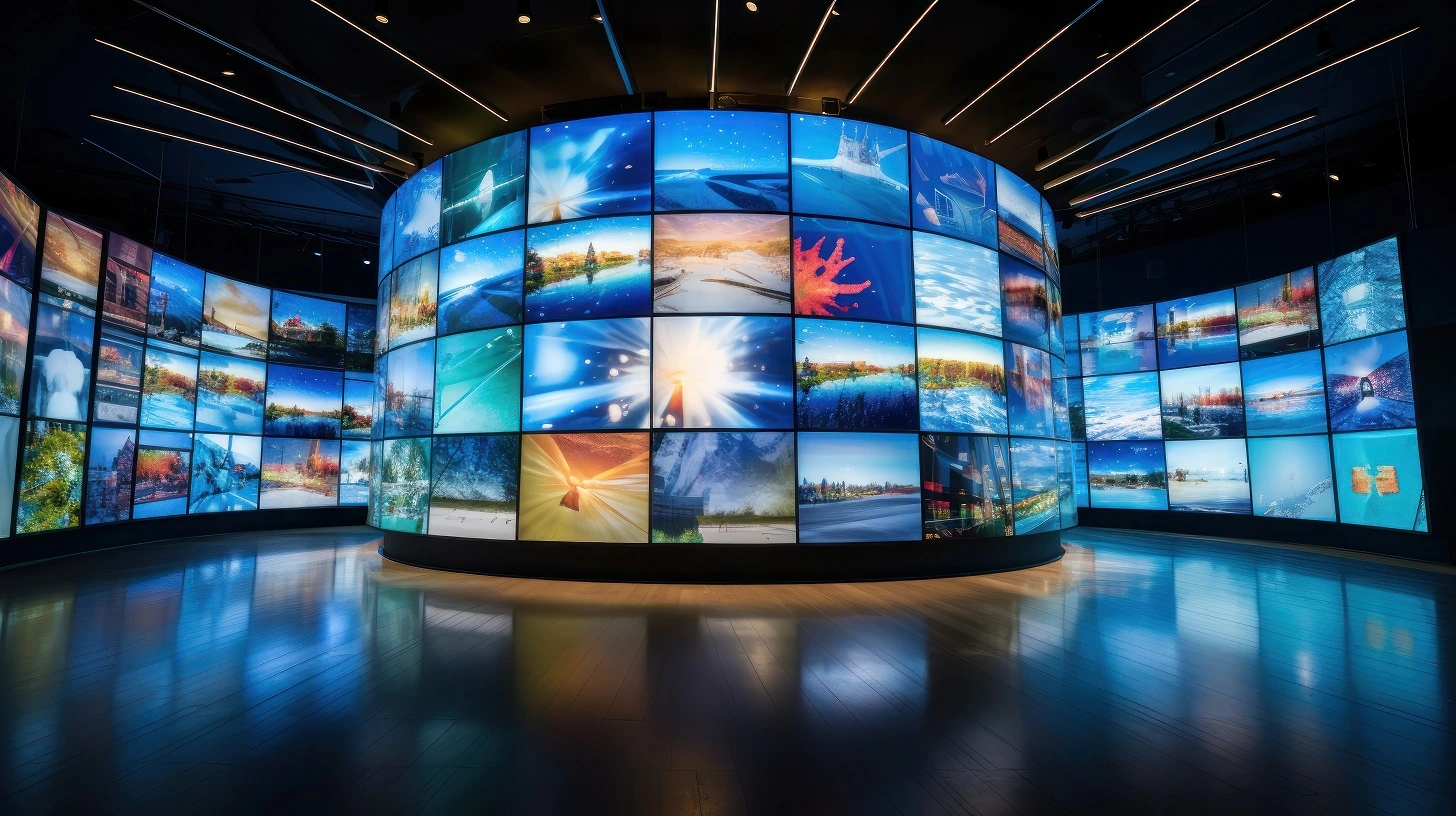Investigating the Durability of LED Display Screens in Comparison to Conventional Display Methods
Investigating the Durability of LED Display Screens in Comparison to Conventional Display Methods
Blog Article
LED wall screens have become increasingly popular in current times, particularly in settings like schools, corporate spaces, and public areas. These panels use light-emitting diodes (LEDs) to produce vivid and vibrant visuals. One of the most notable advantages of LED technology is its longevity in contrast to conventional screen methods, such as CRT ray tubes (CRTs) and liquid crystal displays. Grasping the distinctions in duration and functionality between these technologies can help buyers make knowledgeable choices about their screen needs.
Classic display technologies, like CRTs, have been around for numerous years. They were frequently used in televisions and PC screens. However, CRTs have a shorter duration, generally lasting around 10,000 to 20,000 hrs of operation. This means that after a few of years, users may notice a decline in image clarity, such as dimming or hue deformation. In contrast, LED panel screens can last significantly longer, frequently exceeding 50,000 hrs. This extended duration means that consumers can enjoy reliable functionality without the need for regular substitutions.
Another important factor to take into account is energy efficiency. LED panel screens consume less power than conventional screens, which not only helps the ecosystem but also reduces electricity expenses. For instance, while a CRT monitor may use approximately 100 W of power, an LED panel can consume as few as 30 to 50 W. This difference in power consumption contributes to the overall longevity of LED technology, as reduced energy usage generates less thermal energy. Excess thermal energy can harm electrical parts, leading to a shorter lifespan for traditional displays.
In furthermore to their extended duration and energy efficiency, LED panel screens also offer superior visual quality. They offer brighter hues and improved contrast, making them ideal for multiple uses, from marketing to educational presentations. The technology behind LED screens enables for Read Full Article a wider viewing angle, meaning that visuals stay sharp and vibrant even when viewed from the flank. This is a major advantage over traditional displays, which frequently experience from hue distortion and diminished brightness at wider angles.
In conclusion, the durability of LED panel screens in contrast to traditional display methods is a crucial aspect for consumers to take into account. With durations that can exceed 50,000 hrs, energy conservation, and enhanced visual quality, LED technology offers many advantages. As innovation continues to progress, LED wall panels are likely to become even more prevalent in various settings. Understanding these distinctions can help people and entities make improved choices when investing in display technology, ensuring they get the optimal worth for their needs.